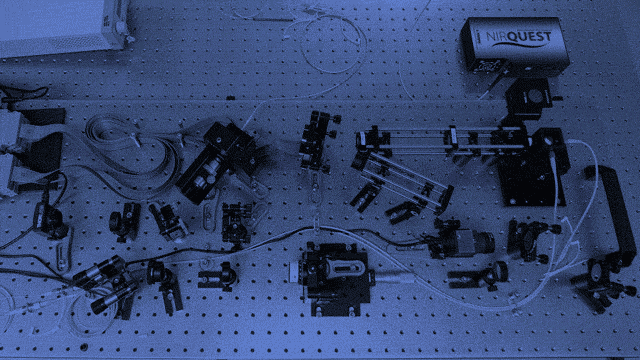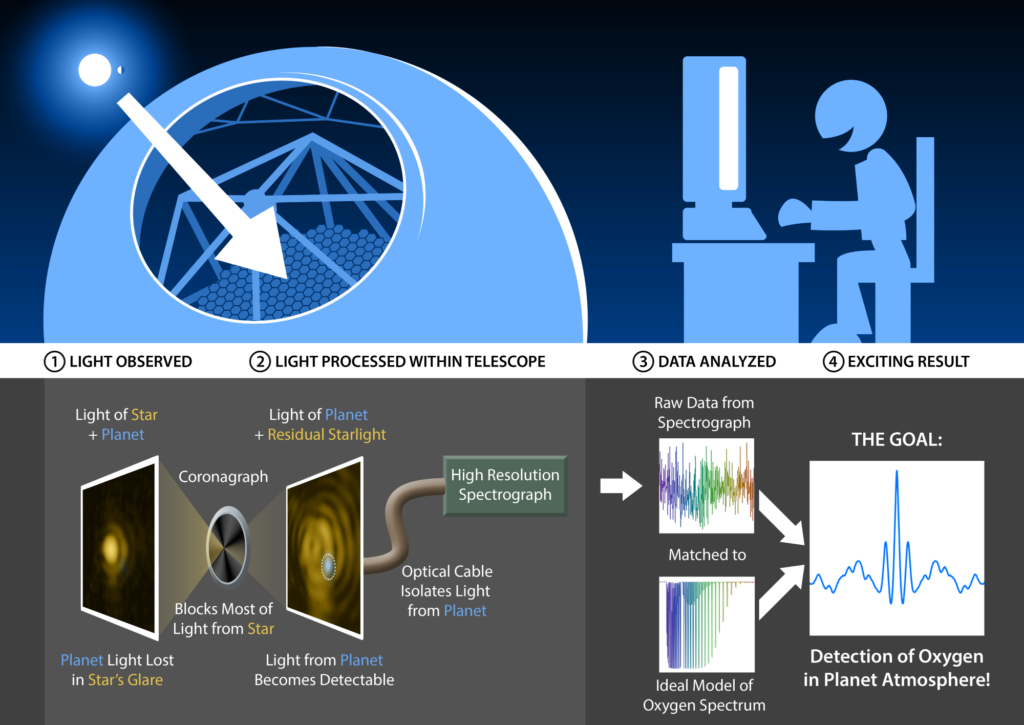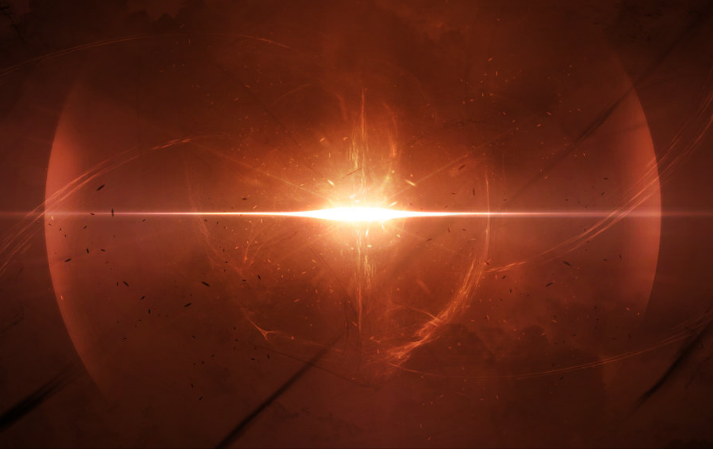We’ve recently just discovered seven potentially habitable exoplanets just 40 light-years away, orbiting the star TRAPPIST-1. This amazing breakthrough gives us hope that we may, in fact, find alien life on other worlds and could one day come in contact with them. But, nothing has yet been confirmed, and scientists are still trying to ascertain for certain if there are real signs of life on those planets and more.
In order to try and find the answers, a team of Caltech scientists created a solution that would transform some of the most powerful telescopes into alien hunting devices. Their solution is a technique called “high-dispersion coronagraphy” and is a way of helping scientists find biosignatures on exoplanets. As part of the method, they also employed the use of a coronagraph to help block out bright starlight that can sometimes block out the best images of the planet. These devices have been used for quite some time now, but this new technique uses it alongside a high-resolution spectrometer to filter out, even more, light and allows the researchers to “improve the sensitivity of our system by a factor of 100 to 1,000 over ground-based methods,” says Dimitri Mawet, head of the Caltech team.


Credit: Caltech/IPAC-TMT
To combine the high-resolution spectrograph and the coronagraph, the team used optical fibers which also aided in removing starlight. When this method is used more in the future, scientists will be able to learn a great deal more about these exoplanets and their atmospheres, appearances, and weather patterns, which in turn will enable us to see if there is alien life out there.
Related Links;
- Inventing Tools for Detecting Life Elsewhere / Caltech
- Observing Exoplanets with High Dispersion Coronagraphy. I. The scientific potential of current and next-generation large ground and space telescopes / Caltech
More News to Read











